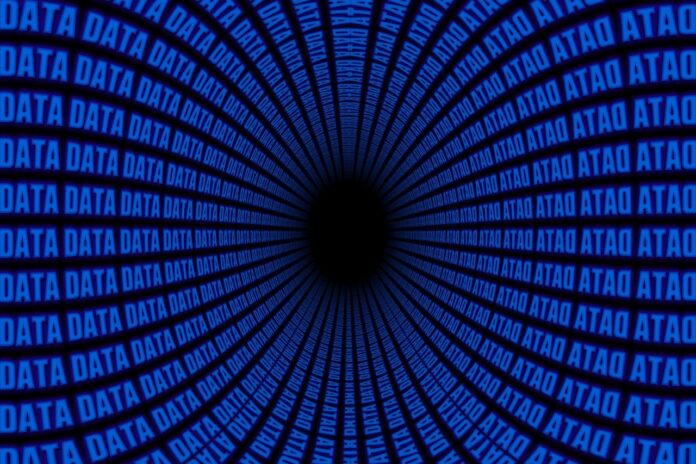Are you looking to get into AI and Machine Learning? Through this guide, you will learn about the data annotation process and the various types of data annotations.
What Is Data Annotation?
Data annotation is the process of sorting and organizing data. Data can refer to text, images, videos, and audio. Typically, the goal of data annotation is for machines and AI to sift through data and find what the user is looking for. When working with machine learning, it is key to label specifically to allow the machine to understand the inputs.
Annotating data can take a variable amount of time depending on the amount of data. There are multiple companies that provide services of data annotation, and you also have tools that help organize the data for you, including even video annotation tools.
Types of Data Annotation
There are many types of data annotation including text, image, video, and audio.
Text Annotation
Text annotation focuses solely on labeling raw text. Through text annotation, you add instructions that will allow AI to understand sentences and their structure to give meaning. There are three main groupings of text annotations to determine different outcomes with the data inputted.
- Semantic – Semantic text annotation is, for the most part, used to help AI to produce search results or suggestions. This annotation assists buyers search for what they are looking for.
- Sentiment – Sentiment annotation helps AI understand the hidden meaning behind the text given past dictionary definitions. This annotation is used frequently with social media moderation.
- Intent – Similar to sentiment, intent annotation focuses on guiding the AI to understand the goal of the text given. Intent annotation is typically used with AI customer service to assist the inputter in finding answers to what they are looking for.
Image Annotation
Image annotation is much broader in its range than text. This annotation is based on shapes and patterns. Some frequent image annotation techniques used are polygonal annotation, landmark annotation, polylines annotation, 3D point cloud annotation, semantic segmentation annotation, and bounding box annotations.
One of the most intriguing parts of image annotation is being able to transcend the 2D nature of images, with AI attempting to distinguish depth and length. Typical uses of image annotation are used for facial recognition, computer/robotic vision (Self-driving cars), and automatically identifying medical conditions in hospitals.
Audio Annotation
Audio annotation hinges on transcriptions. A few data points from audio transcriptions include time-stamping, pronunciation, intonation, language, speaker demographics, and dialect. Usage with audio annotation varies, but one of the most common uses is in security situations, allowing AI to recognize glass breaking and aggressive speech.
Another common, albeit more-than-likely unethical, use is for cloning yourself or another’s voice. Artificial intelligence equipped with a large library of audio annotation based on a single person can replicate a near-perfect clone of a voice.
Video Annotation
Video annotation uses both techniques from audio and image annotations in combination with each other. The major difference is that it allows AI to understand the meaning and relationship between audio and the visual that goes along with it. Like image annotation, the video also works to help with self-driving cars. Similar to audio annotation, it also allows the possibility to ‘deep fake’ another in a video.
Another regular use is 3D map development with navigation apps and systems, such as Google Maps and Apple Maps. If you have ever seen a Google car driving around with a 360 camera on top, now you know it’s collecting data for its navigation maps. Video annotation is all about learning the relationships between audio and image.
The Data Annotation Process
Now that you know the different types of data annotation, here is the standard execution order of data annotating.
- Collecting – The first step is to collect the data. Collecting data will vary depending on the category. For example, audio annotating may be a lot of audio files, and image annotation may be a decent amount of pictures.
- Labeling – One thing to do is keep a consistent set of data or run with a theme. It is good to have a goal in mind when annotating. Also, have a consistent naming convention. Doing this will save you so much time.
- Scrubbing/Cleaning – This part of the annotation process can certainly take the longest. During this step, you will be testing the data for outliers and getting rid of bad data. Along with this, you will also be working to set up parameters and sorting the type of data you would like to store.
- Store and Analyze – Now that you have all your data sorted and cleaned, you can start seeing some results. The more organized the data, the greater specificity with trends you will see.
Finishing Thoughts
The data annotation process may seem daunting at times, but hopefully, this guide has helped clear the haze a little. If you intend on working with data annotation, it is highly recommended that you work with an annotation tool. The process can be long, arduous, and tedious at times. Using a tool to help with this will significantly reduce the stress associated and improve productivity.





